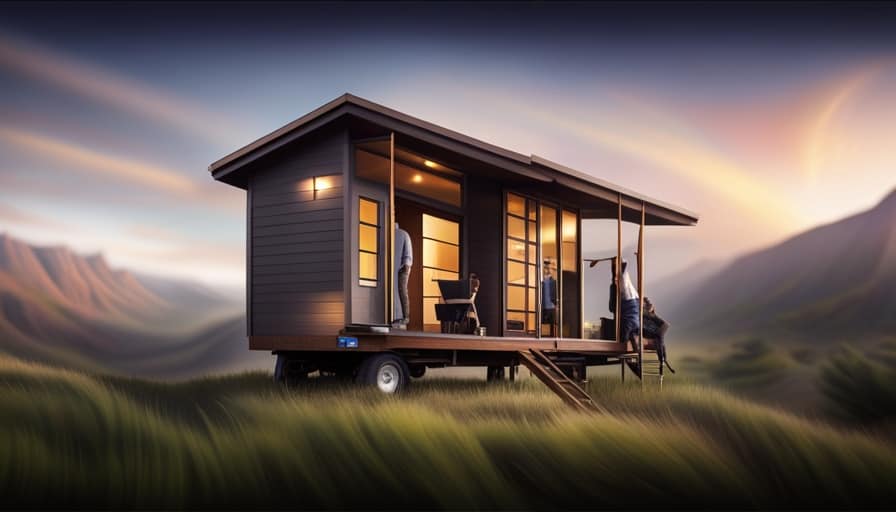I am surprised to find out that even during the coldest months of winter, small ants can still manage to enter my home. It seems that these persistent creatures have strategies for survival that allow them to flourish in chilly temperatures.
In this article, I’ll explore the causes of ant infestations during winter, delve into their behavior during these months, and provide effective strategies to get rid of them. So, if you’re wondering how these sneaky ants invade your home in the winter, keep reading!
Key Takeaways
- Ants enter a state of dormancy called hibernation during winter.
- Ants are attracted to warmth, moisture, and available food sources.
- Cracks and openings in the home’s foundation, walls, and windows allow ants to enter.
- Proper food storage in airtight containers and prompt cleanup of spills and crumbs can prevent infestations.
The Winter Survival Tactics of Tiny Ants
I’ve always been fascinated by the winter survival tactics of tiny ants. These industrious creatures have developed remarkable strategies to ensure their survival during the harsh winter months.
One of their main techniques is ant hibernation. As the temperature drops, ants slow down their metabolic rate and enter a state of dormancy. They gather in large groups and huddle together to conserve heat and energy. This hibernation period allows them to survive without needing to venture out in search of food.
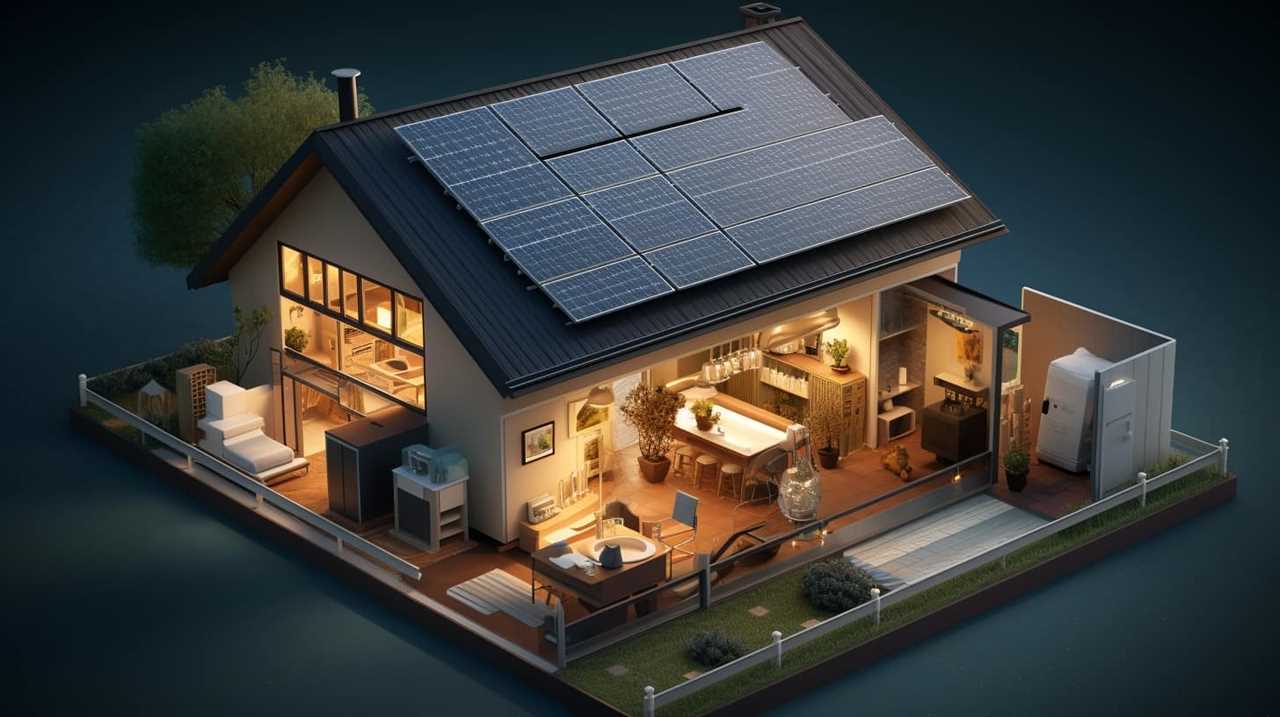
Speaking of food, ants are incredibly resourceful when it comes to ant food storage. They collect and store food during the warmer months, creating stockpiles in their nests. These food reserves sustain them throughout the winter until they can resume foraging in the spring.
The ability of ants to adapt and survive in such challenging conditions is truly remarkable.
Exploring Ant Infestation Causes in Cold Weather
Despite the cold weather, ants can still find their way into your house and cause an infestation. In winter, it isn’t uncommon to find unusual ant species seeking shelter indoors. These species include pharaoh ants, odorous house ants, and pavement ants. They’re attracted to warmth, moisture, and food sources that may be available in your home.
To prevent ant infestations in cold weather, it’s important to take certain precautions. Firstly, seal any cracks or openings in your home’s foundation, walls, and windows to prevent ants from entering. Secondly, ensure that food is stored in airtight containers and clean up any spills or crumbs promptly. Lastly, remove any sources of excess moisture in your home, such as leaky pipes or faucets.
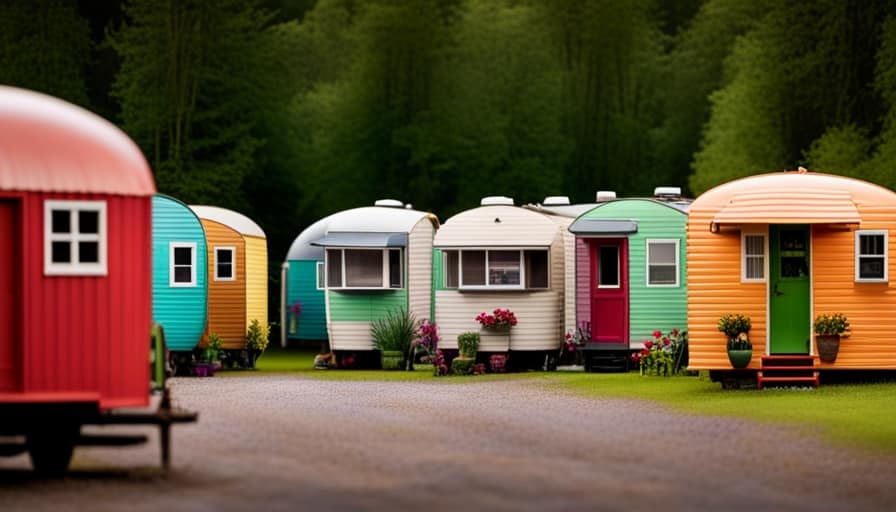
Understanding Ant Behavior During the Winter Months
During the winter months, I often wonder how ants manage to survive and even thrive in the cold conditions of my house. To better understand their behavior during this time, it’s important to consider their hibernation patterns.
Ants, like many insects, have the ability to enter a state of dormancy called hibernation. This allows them to conserve energy and survive harsh winter conditions. During hibernation, ants cluster together in underground nests or within the walls of buildings, creating a warm microclimate. They rely on stored fat reserves and slow down their metabolic rate to conserve energy.
However, the impact of climate change on ant behavior in winter can’t be overlooked. Warmer winters due to climate change can disrupt ant hibernation patterns. Some ants may emerge from hibernation earlier, leading to increased activity and potential infestations in homes. Additionally, changes in temperature and precipitation patterns can affect ant food sources, altering their foraging behavior.
Understanding these changes in ant behavior is crucial for homeowners to effectively manage ant infestations during the winter months.
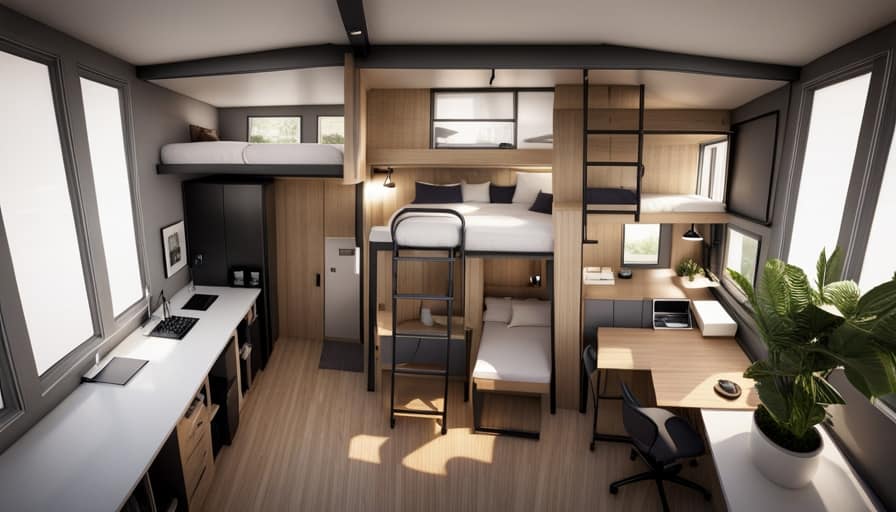
Factors That Attract Ants to Your House in Winter
The presence of food crumbs and spills is a major factor that attracts ants to your house in winter. Ants are constantly searching for sources of food, and even the tiniest crumbs can be a feast for them. However, there are other factors that can also contribute to ants invading your home during the colder months. These include:
-
Insufficient sealing of entry points: Ants can easily find their way into your house through cracks and gaps in doors, windows, and walls.
-
Warmth and shelter: Your house provides ants with a warm and protected environment, making it an attractive place to seek refuge from the cold.
-
Moisture: Ants are also attracted to moisture, so any leaks or areas with high humidity can make your home more appealing to them.
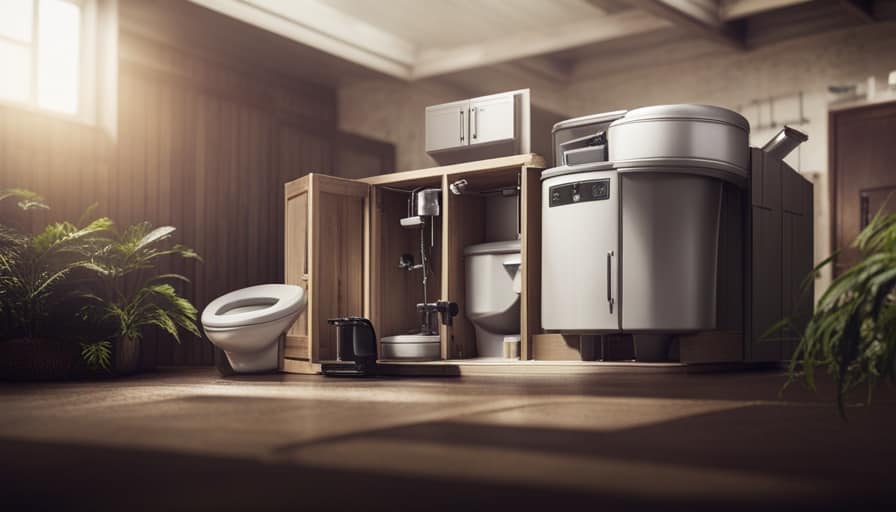
-
Scent trails: Ants leave pheromone trails as they search for food, which can lead them straight to your house if you’ve had previous ant infestations.
-
Common winter ant species: Some common winter ant species include pavement ants, odorous house ants, and pharaoh ants. Understanding the behavior and habits of these ants can help in preventing and controlling infestations.
The impact of temperature on ant behavior is also significant. As temperatures drop, ants become more active indoors, seeking warmth and sustenance. It’s important to be proactive in keeping your home clean, free of food debris, and well-sealed to prevent ant invasions during the winter months.
Effective Strategies to Get Rid of Ants in Winter
One effective strategy for getting rid of ants in winter is by regularly cleaning and sanitizing areas where they’re commonly found. Ants are attracted to food crumbs and spills, so it’s important to keep your kitchen and dining area clean.

Use a natural ant repellent, such as a mixture of vinegar and water, to deter ants from entering your home. Another effective method is to seal off entry points by caulking gaps and cracks in walls, windows, and doors. This will prevent future ant infestations.
Additionally, make sure to store food in airtight containers to eliminate potential food sources for ants.
Frequently Asked Questions
What Are Some Common Signs of an Ant Infestation in the Winter?
Common signs of a winter ant infestation include seeing tiny ants indoors, finding ant trails leading to food sources, and discovering ant nests. To prevent winter ant infestations, seal cracks, clean up spills, and store food properly.
How Can I Prevent Ants From Entering My House During the Winter?
To prevent winter ant infestations, I use effective methods like sealing cracks, cleaning up food spills, and removing standing water. It’s surprising how ants can find their way into my house even in the dead of winter.

Are All Species of Ants Active During the Winter Months?
Are ants more active in colder climates? Can ants survive freezing temperatures? In the dead of winter, it’s surprising to see tiny ants in my house. Let me explain how this is possible.
Can Ants Cause Damage to My House During the Winter?
Ants can cause damage to my house during the winter due to their behavior. Despite the cold, some species remain active and seek warmth indoors. Reasons for infestation include access to food, water, and shelter.
What Are Some Natural Remedies to Get Rid of Ants in the Winter?
Natural remedies for ants in winter: Do they really work? Are there any non-toxic ant repellents for winter? I’ll discuss these questions and provide detailed, scientific information on how to get rid of ants without harming the environment.
Conclusion
In conclusion, the presence of tiny ants in your house during the winter months may seem perplexing, but understanding their survival tactics and behavioral patterns can shed light on the situation.
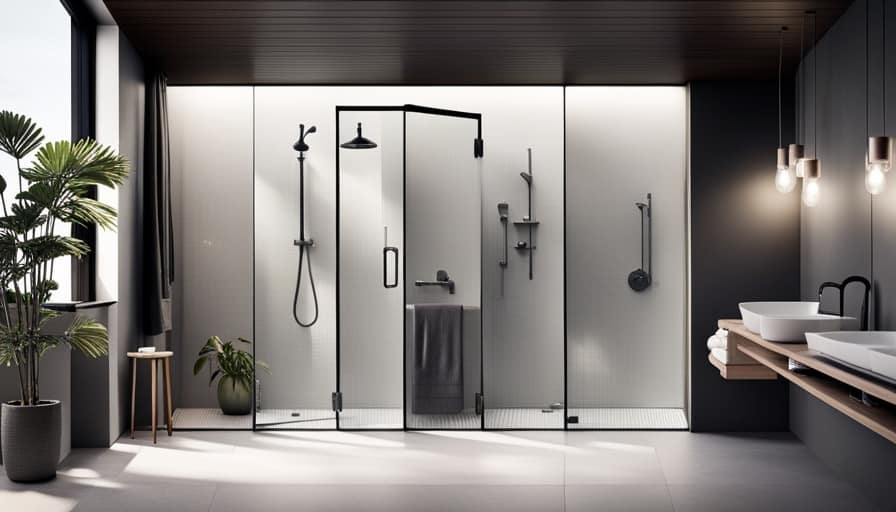
Factors such as warmth, moisture, and accessible food sources can attract ants to your home even in the dead of winter.
By implementing effective strategies to eliminate these pests, you can ensure a pest-free environment year-round.
Stay vigilant and take necessary steps to keep your home ant-free in the winter.
I’m Theodore, and I love tiny houses. In fact, I’m the author of Tiny House 43, a book about tiny houses that are also tree houses. I think they’re magical places where imaginations can run wild and adventures are just waiting to happen.
While tree houses are often associated with childhood, they can be the perfect adult retreat. They offer a cozy space to relax and unwind, surrounded by nature. And since they’re typically built on stilts or raised platforms, they offer stunning views that traditional homes simply can’t match.
If you’re looking for a unique and romantic getaway, a tree house tiny house might just be the perfect option.






